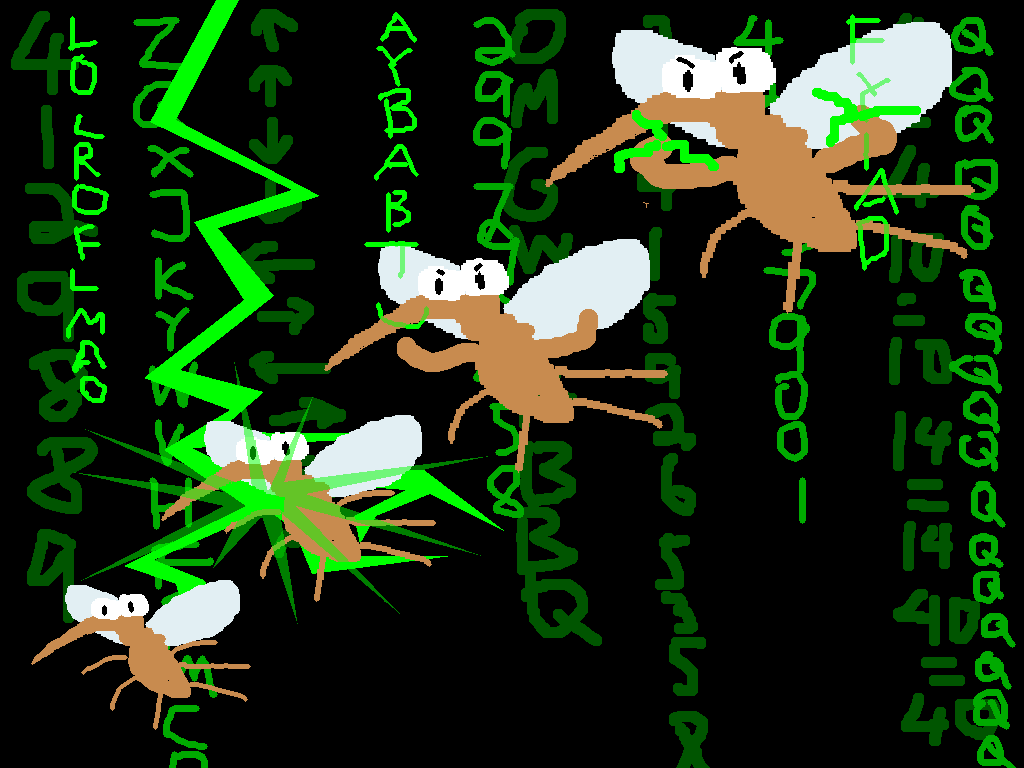(streak)
I always tell myself, okay, I will actually just draw something
facetiously and get it over with, nobody comes to this blog to admire my
GIMP mouse doodles, but then perfectionist tendencies kick in and I get
carried away and it ends up
taking more than an hour or so.

Stopped by a friend’s house a few days ago to do homework, which
somehow devolved into me analyzing what programming language I should
try to learn next in a corner, which is completely irrelevant to the
rest of this post. Oops.
Anyway, in normal-math-curriculum-land, my classmates are now
learning about matrices. How to add them, how to multiply them, how to
calculate the determinant and stuff. Being a nice person, and feeling
somewhat guilty for my grade stability despite the number of study hours
I siphoned off to puzzles and the like, I was eager to help confront the
monster. Said classmate basically asked me what they were for.
Well, what a hard question. But of course given the curriculum it’s
the only interesting problem I think could be asked.
When I was hurrying through the high-school curriculum I remember
having to learn the same thing and not having any idea what the heck was
happening. Matrices appeared in that section as a messy, burdensome way
to solve equations and never again, at least not in an interesting
enough way to make me remember. I don’t have my precalc textbook, but a
supplementary precalc book completely confirms my impressions and
“matrix” doesn’t even appear in my calculus textbook index. They
virtually failed to show up in olympiad training too. I learned that
Po-Shen Loh knew how to
kill
a bunch of combinatorics problems with them (PDF), but not in the
slightest how to do that myself.
Somewhere else, during what I’m guessing was random independent
exploration, I happened upon the signed-permutation-rule (a.k.a.
Leibniz
formula) for evaluating determinants, which made a lot more sense
for me and looked more beautiful and symmetric
\[\det(A) = \sum_{\sigma \in S_n}
\text{sgn}(\sigma) \prod_{i=1}^n A_{i,\sigma_i}\]
and I was annoyed when both of my linear algebra textbooks defined it
first with cofactor expansion. Even though they quickly proved you could
expand along any row or column, and one also followed up with the
permutation formula a few sections later, it still felt uglier to me.
Yes, it’s impossible to understand that equation without knowledge of
permutations and their signs, but I’m very much a permutations kind of
guy. Sue me.
